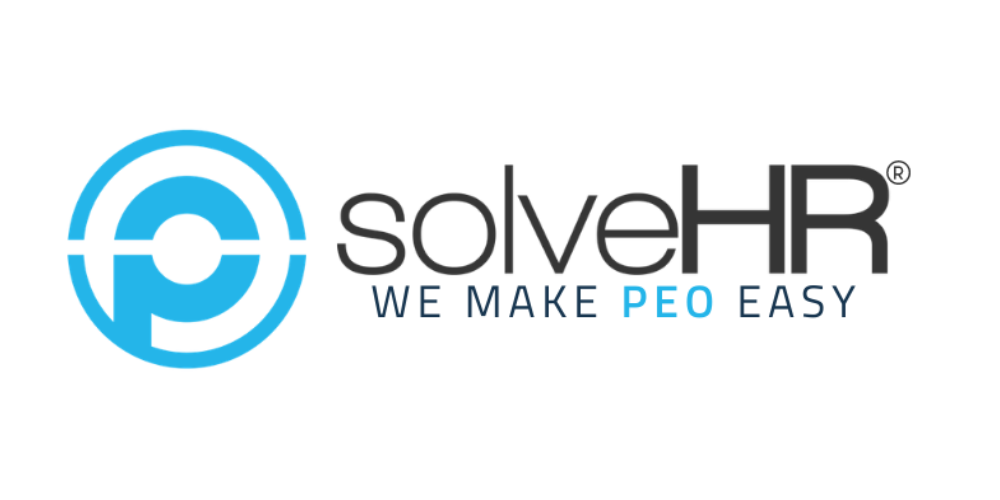- 10/09/2020
- Posted by: SolveHR-IT
- Categories: Culture & Retention, Small and Mid-Sized Business

You’ve probably already started to notice that the workplace is starting to get more diverse. The workplace is not just expanding with people from different nationalities and cultures, but now includes people from five different age generations. This is true because more Americans are working past the age of 55 and Generation Z is about to enter the workplace, thus making the current generations in the workplace the Silent Generation, Baby Boomers, Gen Xers, Millennials, and Gen Z.
With this great age diversity existing in the workplace, there has arisen certain beliefs around the work ethics and abilities of the different generations. The bias that is created can become problematic as it can get in the way of collaboration with colleagues, management of employees, and training of employees from the different age groups.
That’s why this week we wanted to take a look at some of these generational stereotypes and discuss ways that you can overcome them in your business, as well as how you can leverage this generational difference to better your organization.
Generational Stereotypes
There are several articles coming out discussing the workforce’s age diversity, with most classifying each of the generations with certain attributes that are unique to that age group. Take this infographic from Purdue University which talks about the different age groups as an example of this. While it is true that some workers from these age groups do possess these characteristics, making the assumption that you need to change how you handle your employee based on their age can come off as ageist.
According to an article from the Harvard Business Review (HBR), there exists a myriad of age stereotypes and meta-stereotypes (a stereotype that we think others believe about us) in the workplace. An older person might be dissuaded from taking on new learning opportunities because they believe that they are “too old,” or a younger person might be worried about being perceived as “lazy” or “entitled” in the workplace.
That same article from the HBR conducted a lab experiment where they asked undergraduate students to train another person on a computer task using Google’s chat function. They varied the perceived age of the trainer and trainee for each trial using photographs and voice-modifying software and found that stereotypes about older people’s ability to learn new tasks interfered with the training they received.
This is alarming as it shows a direct consequence of age bias in the workplace with relation to training. This does not even account for other potential places where age stereotypes can create bias like in management or the hiring of employees. The assumptions that we make of others can end up creating a negative self-image for employees and pigeonhole them into roles where there is little to no growth for their careers.
What Management Can Do
So, if there are not actually consistent differences between the age groups, but the stereotypes we do have of those age groups end up creating divides in the workplace, what is a business owner to do in this situation?
Well, the first option that is always available for most problems is starting a discussion about it in the workplace. Talking about these stereotypes and meta-stereotypes with your employees and seeing their perspective on the issue can allow you to see the areas of bias that your organization needs to work on. Sharing experiences among age-diverse co-workers is a great strategy to break down the walls that these stereotypes put up and help us recognize when these biases start to show up in the workplace.
We have also come up with some other helpful strategies that we thought would be excellent for breaking down stereotypes and meta-stereotypes:
- Emphasize the goals of the organization– emphasizing the goals of your organization is a great way to build community and eliminate the “us” vs “them” mentality that stereotypes create. By banding your employees together to tackle common goals they can better see their commonalities.
- Recognize that employees change– recognizing that your employees’ needs and wants change over time due to varying priorities, demands, experiences, and physical capacities is important to see that not every employee within the same age group has the same experiences as their age peers
- Assess your organization’s culture, practices, and policies– assessing how your organization operates allows you to see if there are any assumptions of age that are made when business is conducted.
- Include age as part of your diversity and inclusion programs– integrating your teams with not just employees from diverse cultures, but with diverse age groups as well can lead to a business culture that fosters creativity and knowledge sharing across the age divide.
Creating a culture that embraces the diversity of your workforce is a recipe for success. There are much the older generations can teach the young, and there is much the young can teach the old. By utilizing your organization’s shared experiences across the generational divide, you can create a workplace that leverages its diversity towards a winning strategy.
Are you struggling with managing your human resource needs? SolveHR offers several transactional and strategic HR services to help your business. Contact us today to find the right solution for you, so you can focus on what matters—growing your business!

